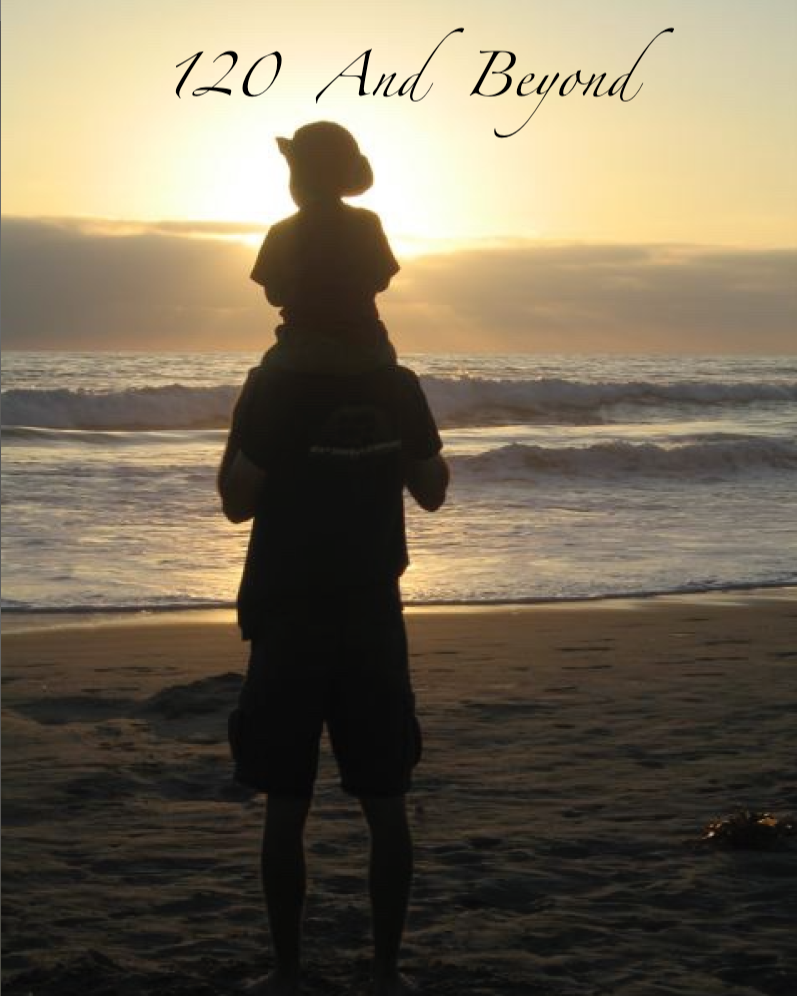“If you could only read one book this year,
this should be the one.” -tnm
If you haven’t already read the early signs, the newest chapter on Human Evolution is being written and it all starts with a lesson learned from bacteria. You see, bacteria “learned” how to block viral attacks and have been fending off viruses (known as phages or bacteriophages) for about three billion years.
So bacteria, it turns out “remember” viral attacks by snipping a segment of phage DNA which gives these bacteria an acquired immunity against that specific virus. It’s a bacterial way of taking a “DNA mug shot” of an attacking virus for future use for 3 billion years!
It took a very long time for humans to notice but it was Francisco Mojica (the University of Alicante, Spain) who discovered the first clue about how this was done. Mojica spotted 14 identical DNA sequence clusters repeated at regular intervals in a single celled species he was studying. He wanted to know more about this organism (without a nucleus) that enables it to survive in water 12 times saltier than the ocean. Its DNA sequences were palindromic, they read both ways like the words madam, kayak, rotor, civic and radar. Here’s the bottom line, Mojica discovered in it’s DNA... Clustered Regularly Interspaced Short Palendromic Repeats ... In 2001 he coined the term: CRISPR.
But what’s this have to do with the future of human evolution? This is where Jennifer Doudna and Emmanuelle Charpentier step into the story along with the ghost of Rosalind Franklin.
This is one of those uncommon books that is on my Must Read List of Recommendations. It introduces CRISPER as the newest tool in our collection: HEALTH-SPAN ENCYCLOPAEDIA. I’m reading the last chapters now and can’t wait to share with you the interesting and species changing events that are beginning to unfold as I pen these words. CRISPER is a relatively easy to use tool that can be used to edit DNA.
C cytosine, U uracil, G guanine, A adenine (found in RNA)
C cytosine, U uracil, G guanine, A adenine, and T thymine (found in DNA)
A snippet of corona virus RNA
CCUCGGCGGGCACGUAGUGUAGCUAGUCAAUCCAUCAUUGCCUACACUAUGUCACUUGGUGCAGAAAAUUC.
This is part of a string that codes for making the protein spikes that inspires the name corona virus. Click HERE for an image. The first 12 base letters (in bold) is the part of the viral RNA sequence that binds this virus to human cells. These 12 letters spell our current pandemic. Were there to be a typographic error in this sequence, there would be no COVID-19.
Steve Wozniak and his Homebrew Computer Club hacker friends in the early days before personal computers triggered an unparalleled technological revolution, that pales by comparison to what’s coming next, The Biological Revolution.
Internet startups sang the praises of their mantra: “Move fast and break things.” Which has heaped a raft of unintended consequences and vexing problems, a toxic wasteland, that could have been avoided had many of the early tech industry leaders followed a more mindful philosophy. But too many IT CEO’s were seduced by unimaginable profits, often at the expense of the human race. Ethical considerations were trumped by profit taking on a grand scale.
The good news is that the new biological revolution is being guided by a different mantra, this time there is full attention given to ethical questions which illuminates the discussion. The leaders of this new revolution come with a moral compass like Jennifer Doudna, and Emmanuelle Charpentier who are guiding the way forward. I’m thankful we’re in good hands.
Read:
The Code Breaker: Jennifer Doudna, Gene Editing, and the Future of the Human Race By Walter Isaacson
a kind of bacterial/viral version of Capture The Flag.
DISCUSSION COMING SOON.



